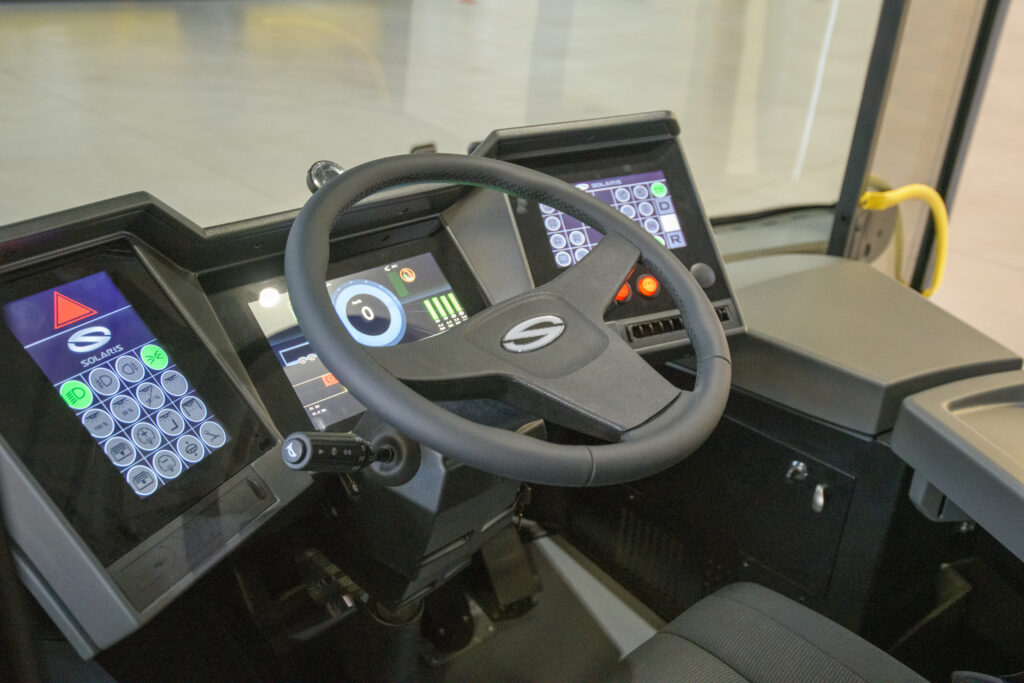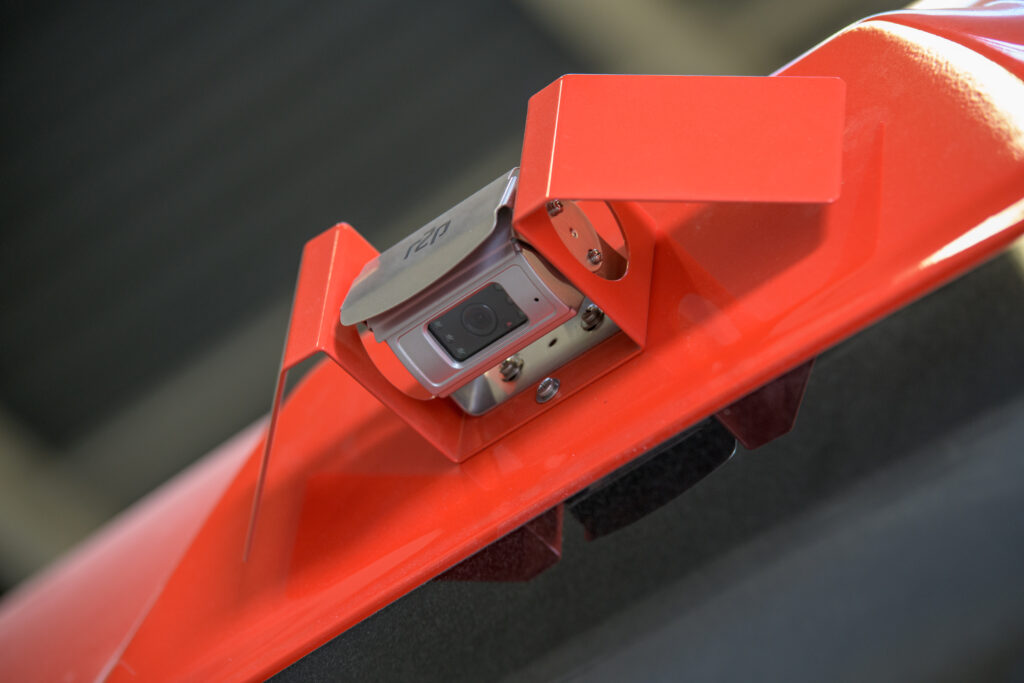UITP: 140 years of mobility and one question that remains as relevant as ever
Before the Summit in Hamburg begins, it is worth taking a closer look at what UITP is.

Advanced Assistance Systems (ADAS) assist the driver by carrying out some actions before or in place of the driver, giving invaluable seconds to react. In public transport, the benefit form this solutions comes not only to drivers and passengers – these increase the safety of all road users.
MobilEye Shield+ a system warning the driver – with acoustic signals and visual alerts on the display – also in cases when changing lanes without adequate signalling beforehand or when no appropriate distance to the vehicle in front is maintained. The system also alerts the driver to collision risks. The device detects every pedestrian and cyclist within 80 cm from the bus, alerting the driver to their presence – again, acoustically and visually on a display. What the driver does not see in the mirror is pointed out to them by the camera steering device.
MirrorEye – re-designed mirrors, or rather cameras which project the image onto screens inside the vehicle. The ingenious design of the MirrorEye installed in lieu of regular rear-view mirrors corresponds to class 2 and 4 visibility (optionally class 5 in the right “mirror”) and this yields a whole range of advantages. Above all, there is no more need to reset and regulate mirrors after a driver switch – the screens and cameras always display the optimal scope regardless of the driver’s height. The width of the vehicle is reduced – which is of great importance on narrower and tight urban streets, and which considerably reduces also the risk of collision or of snagging the mirror on infrastructure items. What is more, the cameras substantially widen the field of view and they improve the aerodynamics of the vehicle.
CMS (Collision Mitigation System) – a system which initiates automatic braking. When a radar installed on top of the bus detects the risk of a potential head-on collision, the system goes into braking mode, reducing velocity and thus alleviating the consequences of a potential collision. The solution is already used in coaches and has now been copied in city buses. The correct calibration and configuration is of great significance in city buses where – contrary to coaches – there are no safety belts and most passengers ride standing rather than on seats. Therefore the braking force is crucial for the passenger safety – and it is an additional challenge the manufacturers are facing.




DMS (Driver State Monitoring) – the cameras analysing the driver’s face will alert him or her, should the driver be distracted, keep looking around or show signs of drowsiness, and thus will substantially raise the safety of passengers and the drivers themselves.
System of concurrent self-locating and map creation with detection of other road users, with the help of constant learning mechanisms – a project conducted by Solaris in collaboration with the Poznań University of Technology, is work on an advanced system of supporting accurate manoeuvres for city bus drivers, above all those driving electric buses. The advanced driver assistance system for precise manoeuvres of non-articulated and articulated city buses (project acronym ADAS) is subsidised under Measure 4.2: “Sectoral R+D programmes” of the Smart Growth Operational Programme 2014-2020, co-financed by the European Regional Development Fund (ERDF) (POIR.04.01.02-00-0081/17).
Trustonomy (an amalgamation of the words trust + economy) – an international project co-financed under the Horizon 2020 programme, GA no 815003 focused on the safety of automated vehicles, but also on increasing trust in and acceptance of those. Solaris offered its assistance in creating test procedures and with outlining the guidelines regarding the integration of systems in a vehicle, as well as with controlling autonomous systems on the test track in line with previously set out rules.
Before the Summit in Hamburg begins, it is worth taking a closer look at what UITP is.
Learn more about the changes introduced by GSR2 and how they contribute to protecting all road users.
BRT in Aalborg: the city's solution for enhancing urban transport – what makes it so effective?